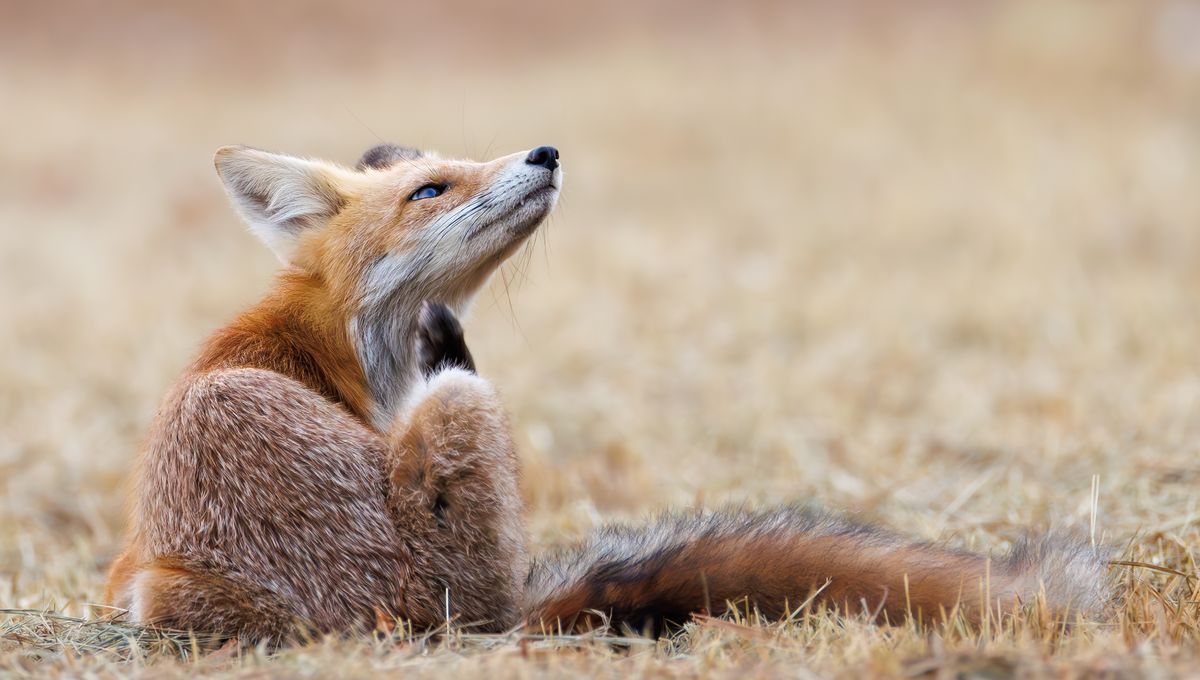
For a long time, archaeologists interpreted the many bones of small carnivores they found in early Neolithic settlements in the Levant as coming from fur hunters, but new analysis suggests they were exploited for other purposes – foxes and wildcats were actually on the human menu. The results indicate that these small predators should be considered game animals in future studies.
Around 15,000 to 11,700 years ago, during the late Epi-Palaeolithic period, hunter-gatherers in the Levant – the region along the eastern Mediterranean shores that encompasses modern Israel, Jordan, Lebanon, and Syria – started to shift towards farming and herding. This watershed moment in human history, known as the “Neolithic Revolution”, was not quick, however. It was a long process of transition that extended well into the Neolithic period.
At this time, people started to hunt fewer big game species, such as red deer (Cervus elaphus), in favor of smaller species, like gazelle, and other mammals, as well as smaller animals, like birds and fish.
The archaeological record is filled with evidence of this transition, as animal bones are often abundant in the assemblages from the settlements of this time. However, among the many bones found at these sites, researchers have also found the remains of various species of small carnivores. For instance, between 11,660 and 10,000 years ago, the bones of red foxes (Vulpes vulpes) appear frequently within the archaeological record, sometimes to such an extent that they outnumber the bones of game like wild boar and gazelles.
At other sites in the Lavant, wildcat (Felis silvestris lybica) remains also make up a significant contribution to assemblages, though to a much smaller degree than the red foxes.
In the past, these bones were regarded as the leftovers from fur hunters, or the bones and teeth were exploited for symbolic purposes, especially the foxes. As a result, the possibility that they were killed for their meat and were therefore a staple part of people’s diets has largely been discounted.
In their latest study, Shirad Galmor and colleagues investigated animal bones found at the 10,000-year-old site of Aḥihud in Western Galilee, Israel. The team identified the bones of foxes, wildcats, and Cape hare by treating them with acetic acid, to remove any limescale layers, before they were washed in water and then examined under microscopes. This allowed them to then be classified into their respective taxonomies, while the type of bone was recorded for each specimen.
The team found a total of 1,244 disassembled bones and calculated that around 30 percent of them in areas with households belonged to mountain gazelle, while 12 percent belonged to red foxes. The bones of red foxes, wildcats (the second most abundant small carnivore), beech martens (Martes foina), Egyptian mongooses (Herpestes ichneumon), European badgers (Meles meles), and other mustelids made up 16 percent of the finds.
Many of the bones included evidence of butchery, including knife marks.
“Over 52 percent of the cut marks on fox remains can be attributed directly to butchering activity (dismembering & filleting), based on their location and morphology. Nine out of 10 of these cut marks were found on the humerus and femur. […] Cut marks on the humerus and femur never result from skinning activity,” the team write.
For the wildcats, around 83 percent of knife marks were related to butchering and were all located on the animals’ leg bones. The rest of the knife marks were attributed to skinning.
It also seems that burn marks appear on the carnivore bones to a similar, if not higher, extent as those on deer bones found at the site. Nearly 56 percent of the burn marks found on red fox bones were located on their limbs, while those of the wildcats were localized towards the top of their limbs – again, closely linked to meat consumption.
The results strongly suggest that foxes and wildcats were sought as a food source, not just for their fur.
“Our study provides clear and strong evidence that the […] inhabitants of Aḥihud hunted small carnivores, in particular foxes and wildcats, to make extensive use of their remains. They stripped their pelts, extracted meat for food, and probably made additional use of the remains, such as the making of bone tools and ornaments,” the team conclude.
This adds to the argument that these animals, as well as other small carnivores, should be added to the game category when researchers examine Neolithic peoples and the animal economy.
The study is published in Environmental Archaeology.
Source Link: Foxes And Wildcats Were Often On The Menu 10,000 Years Ago